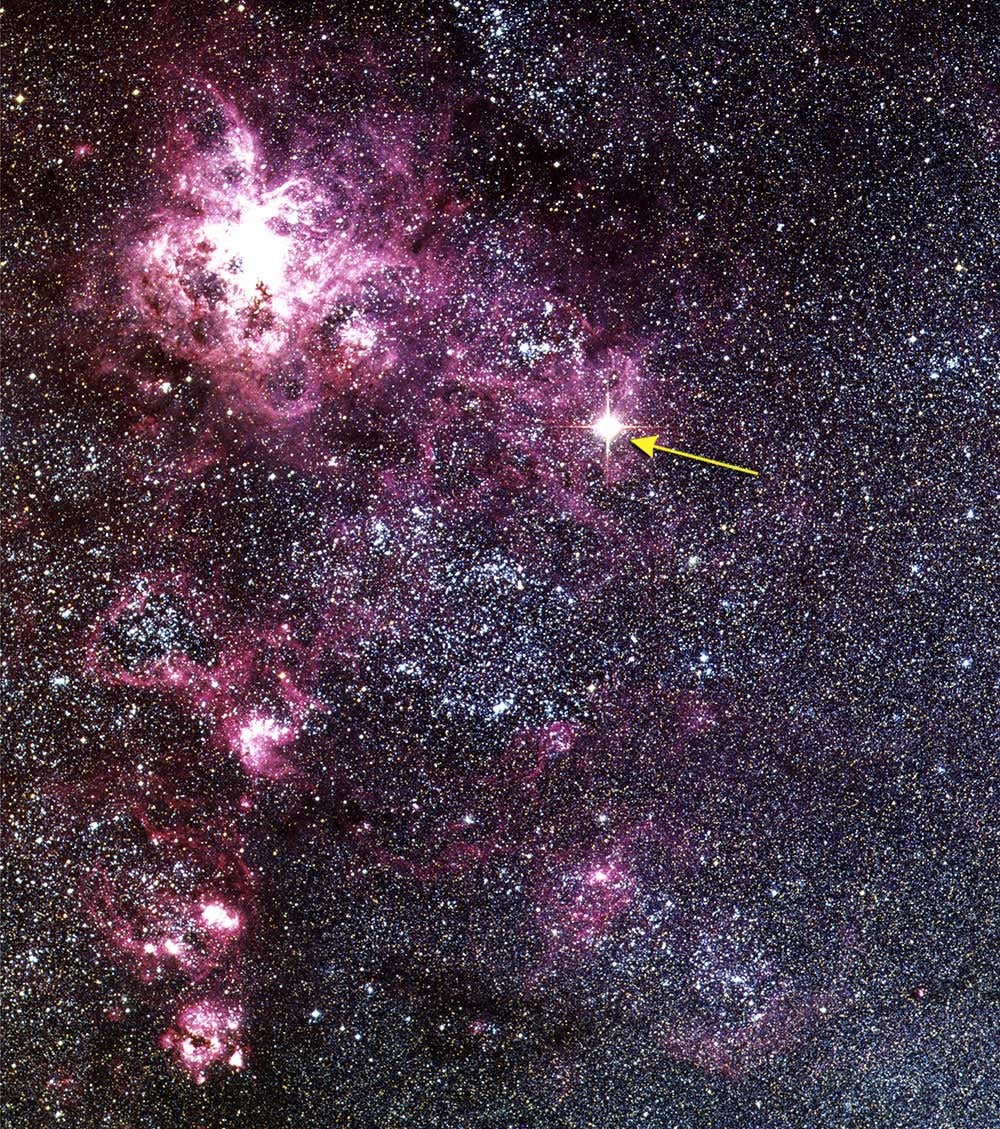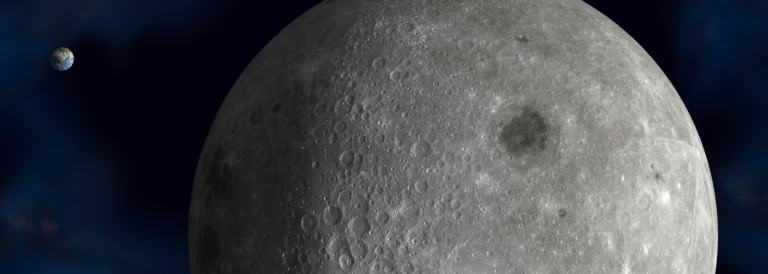The dust grains that don’t leave the galaxy, or that leave and return, will find themselves drifting through the interstel-lar medium (ISM) — the low-density gas that occupies the space between the stars. Most of these grains, too, will never make it into another star.
If a supernova’s shock waves hit a grain, the dust suddenly experiences a headwind of interstellar hydrogen atoms striking it at hundreds of kilometers per second. These atoms knock pieces off the grain in a process known as sputtering. Eventually, this breaks down the dust into its constituent atoms. In our galaxy, the average grain encounters a supernova shock strong enough to destroy it within a few hundred million years of its formation.
Sputtering destroys the grain, but the constituent atoms survive. They may create new dust grains that condense in the ISM, or they may remain as free atoms. In either case, given enough time, the grain’s atoms eventually will find themselves in an unstable region of the ISM that is collapsing to make a new star. The average time required for this to happen in the Milky Way is a few billion years.
University of California, Santa Cruz










